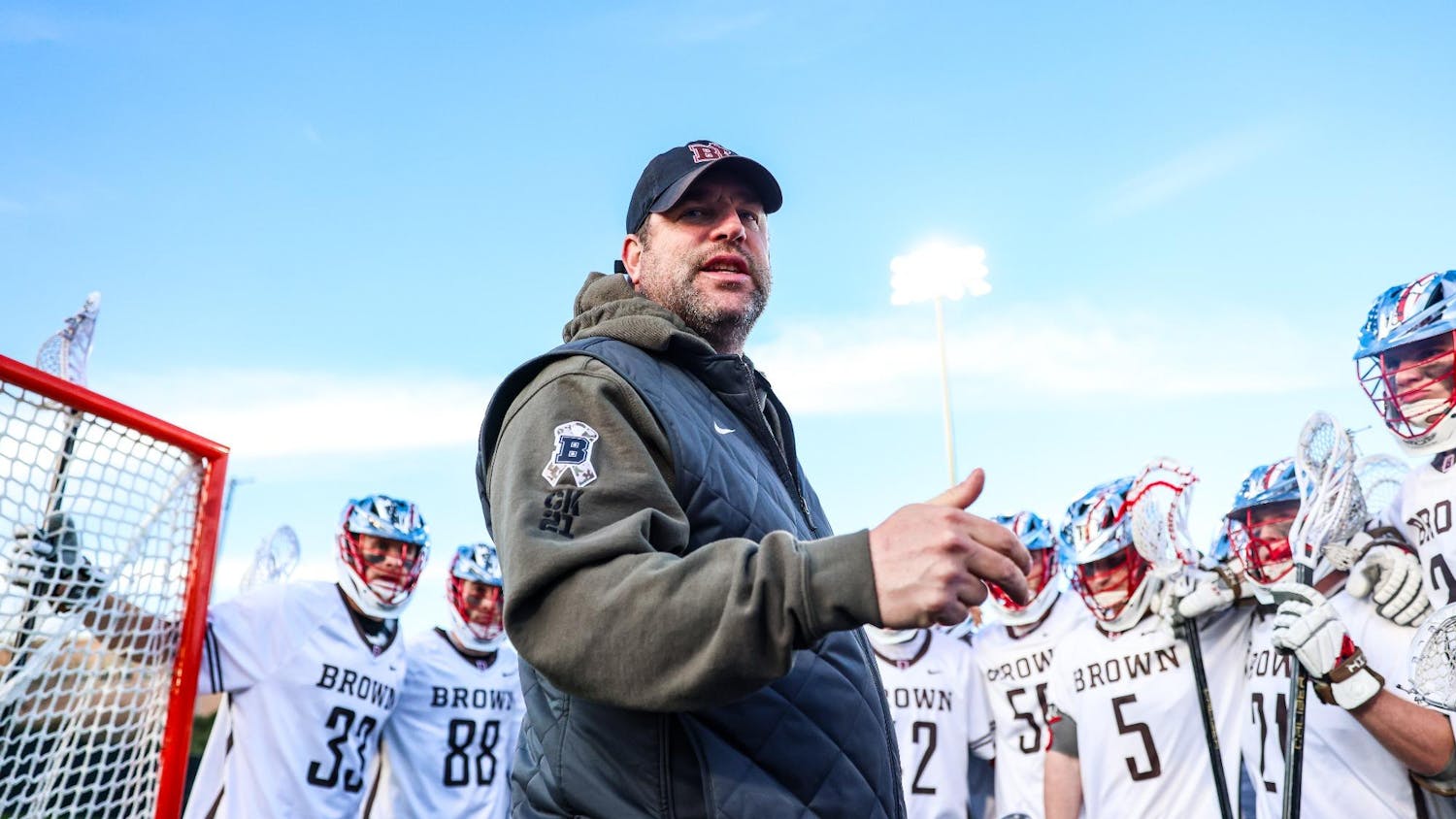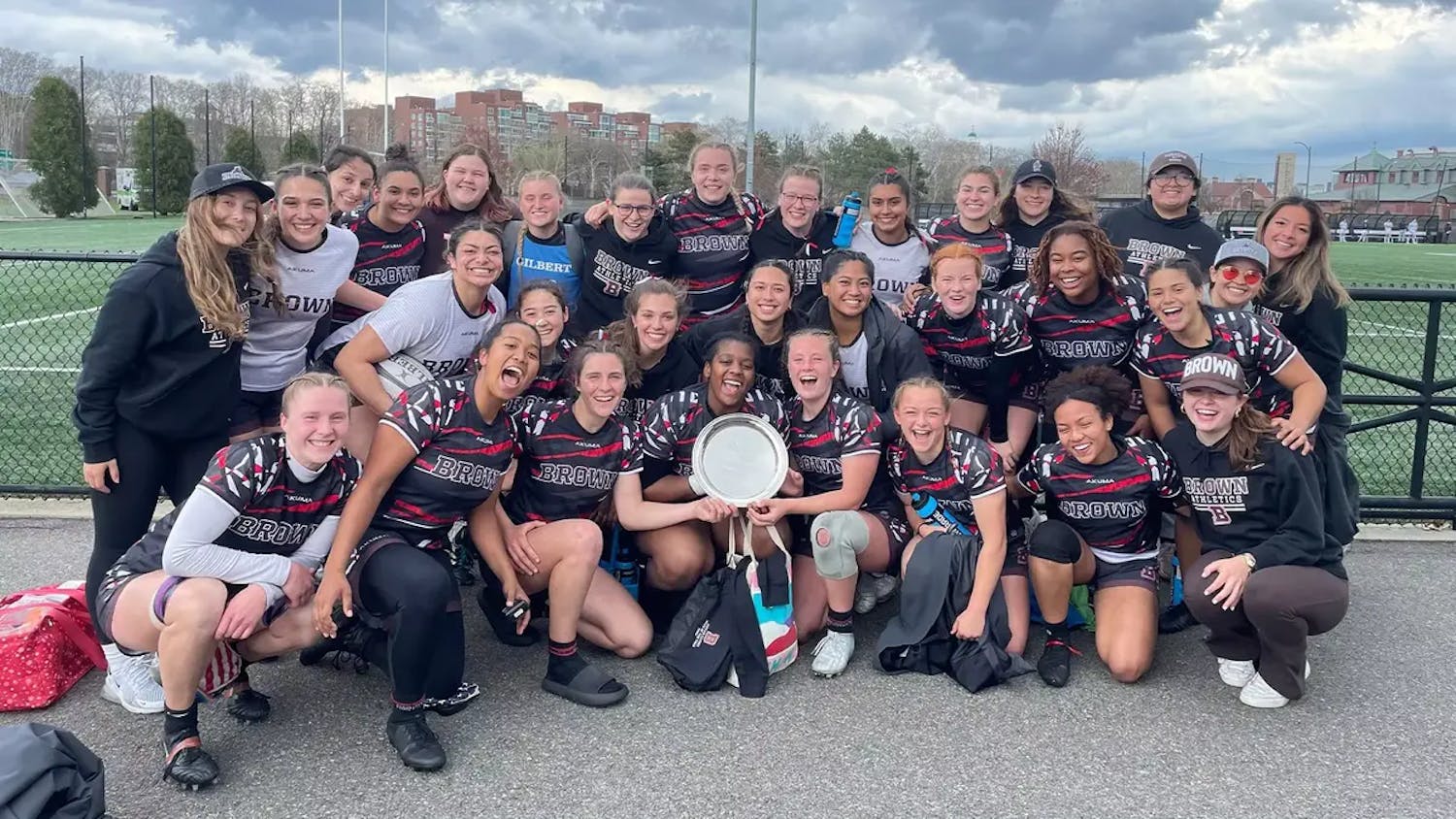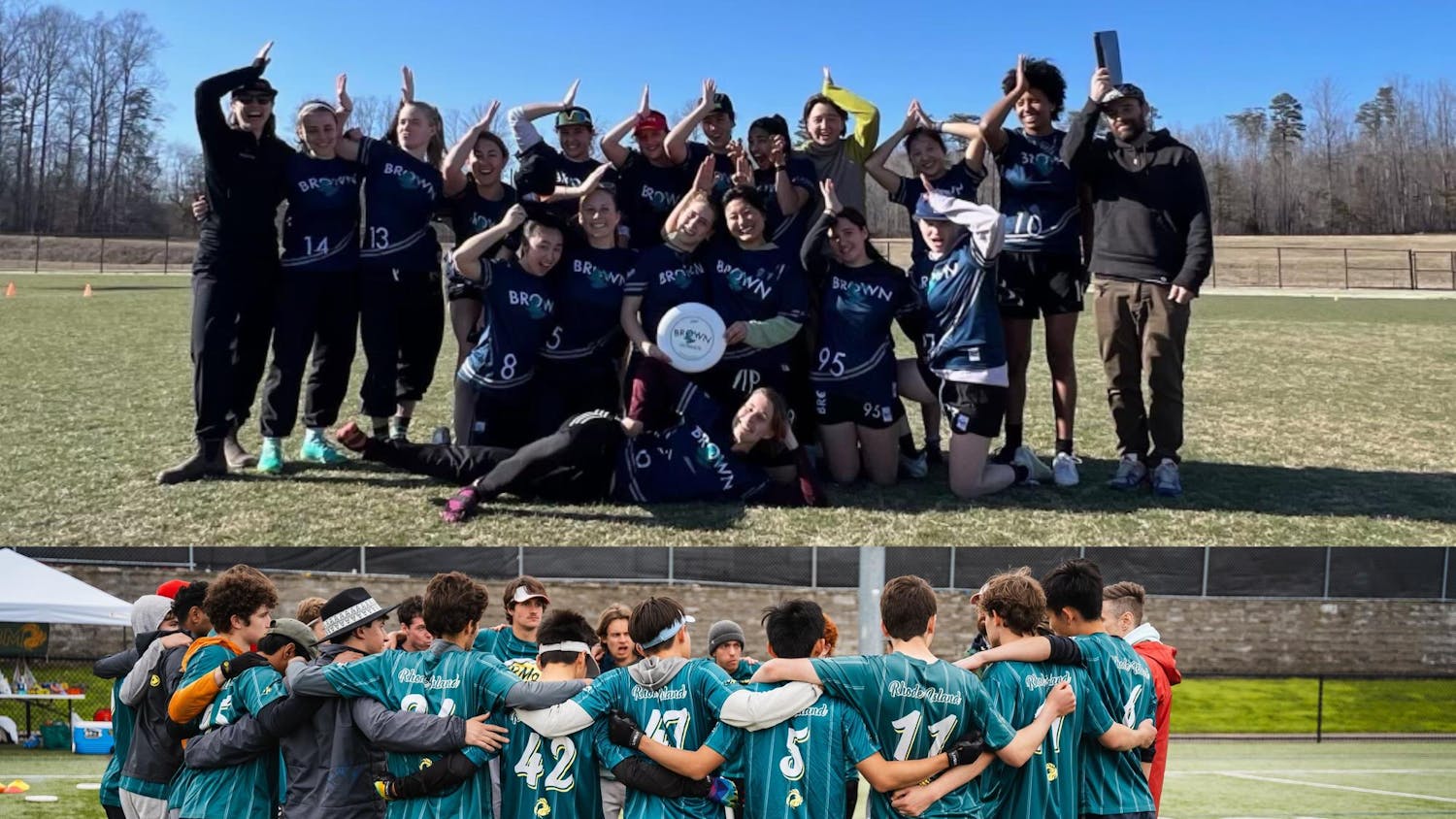Some people participate in triathlons to get in better shape, while others — who often have competitive swimming or running backgrounds — seek a new athletic challenge. In all cases, the triathlon fits the bill.
The popularity of triathlons has surged within the past decade, with the membership of USA Triathlon increasing from 122,388 members in 2000 to a record 550,446 members in 2012. The beginner-friendly sprint distance consists of a 500-meter swim, 12-mile bike and 5-kilometer run. The Olympic distance doubles the sprint with a 0.9-mile swim, 25-mile bike and 10-kilometer run. Then there is the ultimate triathlon, the Ironman, which has a 2.4-mile swim, 112-mile bike and a marathon run. The trend has extended to College Hill, with a significant number of students training for and competing in triathlons.
Veteran triathletes
Some students are already familiar with the grueling three-part competition. Rebecca Fahringer GS competed in the Standard Distance Age-Group World Championships in London Sept. 15, placing 16th out of 54 competitors in the “really competitive” 20- to 24-year-old age group, she said. In addition to ranking, she was also the third finisher from Team USA and the 140th female out of nearly 800 overall competitors.
“This was my first (World Championship), but so many people there had been to many” in the past, Fahringer said. “I spoke with one woman whose age group was 75-79 who had done over 15.”
A runner throughout high school, Fahringer chose not to run for a varsity team in college. During her junior year at the University of Dayton, she saw a poster advertising a triathlon organized by her collegiate triathlon team and decided to participate, she said. Four years later, Fahringer is a seasoned veteran, having competed in many local events, two collegiate national events, two age-grouped national events and most recently the world championship.
“I have done more triathlons than I can count,” Fahringer said.
Though not every student has had Fahringer’s experience, other Brunonians have also tested themselves in the triathlon.
Katie Voss ’14 said she grew up around triathlons — her father was a triathlete and as a kid she participated in mini-triathlons. She continued participating in a few in high school, and since coming to Brown she has done two, in addition to one this past summer with her brother.
For Voss, triathlons have always been a “fun family event,” she said.
“It’s a nice kind of motivation to work out,” Voss said. “It’s something to train for and I like having something to look forward to.”
Crossover athletes
Other athletes, though practiced in their respective sports, are new to the triathlon.
Andrew Powers ’15, an opinions columnist for The Herald, and Emily Lemmerman ’14 did not compete in their first triathlon until college. They were both distance runners in high school with little experience swimming or biking.
“I got into cycling and decided to learn to swim,” Powers said. “I wanted to make myself more competitive, and it’s definitely always been in the back of my mind to train for an Ironman.”
Powers plans to do a Half Ironman in March and a full one in May.
Lemmerman said she was motivated by the new Nelson Fitness Center to train for a triathlon.
“When the new pool opened up at Brown, I wanted to try it out so I started doing swim workouts,” she said. “Soon after, I decided to try a triathlon.”
Lemmerman, who has done two sprints and plans to compete in an Olympic distance event next spring, said she had never even considered doing triathlons before she came to Brown but “being around so many students who are athletes was motivating and inspired (her) to try new things.”
Powers, whose eventual goal is to qualify for the World Championship triathlon, believes the triathlon is “replacing the marathon, to a degree, as the thing people want to do to get in shape and compete,” he said.
While Powers and Lemmerman had a running background and found swimming to be the challenging part, Angeline Ebnet ’15 and Carl Olsson ’14 swam competitively in high school and focused more on the running.
Ebnet began with her triathlon club at her high school in Alaska and since then has done three sprint triathlons — two in high school and one this past May.
“I like how there is variety to break it up because I sometimes get bored doing one type of exercise for too long,” Ebnet said. “In triathlons, before you get too comfortable in any given leg, it’s time to transition to the next and that way you don’t get into a rut.”
Olsson, who has done four sprint triathlons, agrees that training for three disciplines is a nice way to mix it up and said “it’s nice to still be athletic and go to races even when you’re not a varsity athlete.”
“It’s on a lot of people’s bucket list to compete in a triathlon, and I think it’s a lot easier to accomplish than some people think,” Olsson said.
Three heads are better than one
Triathlon relays are also available for those who choose not to compete in all three events.
Olsson competed in the FirmMan Rhode Island Half Ironman in Narragansett as part of a relay team. He completed the swim leg, Khalil Fuller ’14.5 cycled and Flo Schalliol ’13.5 finished with the run. The relay-team triathlon was a new experience for all of them. The three enjoy doing athletic activities and thought it would be a “cool, common thing” to do together.
Schalliol, who had run a couple of 10-kilometer races with only a goal to reach said, “This time because it was a team effort, it motivated me to do better and actually have a competitive mindset. Knowing you’re doing it as a team really helps to motivate you.”
The key to training for triathlons is having friends to train with as motivation. Olsson, Fuller and Schalliol motivated each other throughout the summer by keeping a shared training diary.
“I was surprised at the commitment of training,” Schalliol said.
Since the triathlon encompasses three disciplines, it can require three times the effort. But the combination of running, biking and swimming also allows for a nice change in pace.
“It’s a good time sync,” Powers said. “Because you can put as much or as little time as you want. You get out what you put in.”
But at the same time, “training can definitely become a full-time job if you are really committed to it,” Ebnet said.
The road goes ever on
According to Fahringer, the collegiate triathlon scene is growing rapidly.
“There was a huge push to make
triathlon an NCAA sport,” Fahringer said. “Right now it looks like the women’s triathlon is going to go NCAA very soon and men are likely to follow but rumor has it that may not happen for over ten years.”
Fahringer, Powers and Voss all said it is unfortunate Brown does not yet have its version of a club triathlon team.
“I tried to start one, but the administration kept giving me the run-around, no pun intended, despite a pretty large interest group,” Fahringer said.
Powers said he hopes this is something students can push for in the near future, but in the meantime, there is no stopping the triathlon bug from spreading.
“It’s definitely addicting,” Lemmerman said. “There’s nothing else quite like it.”
ADVERTISEMENT




